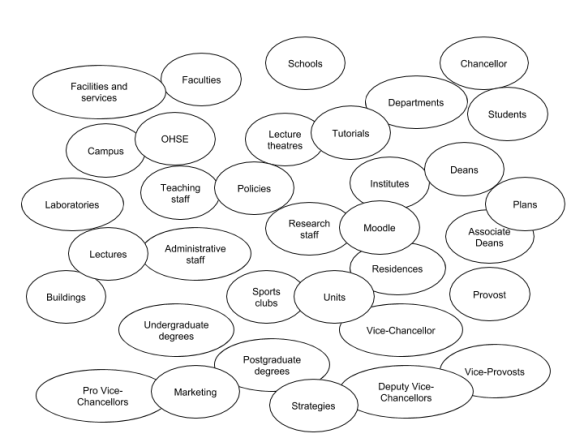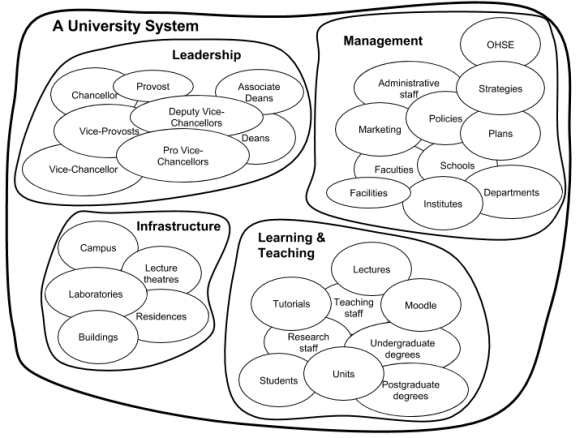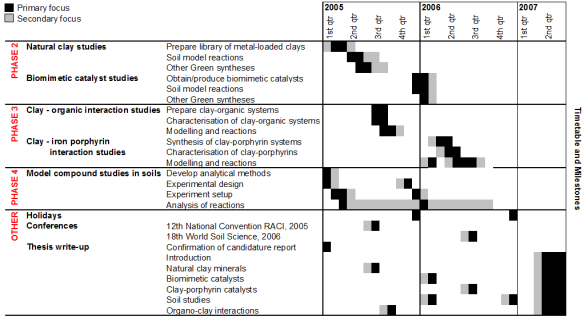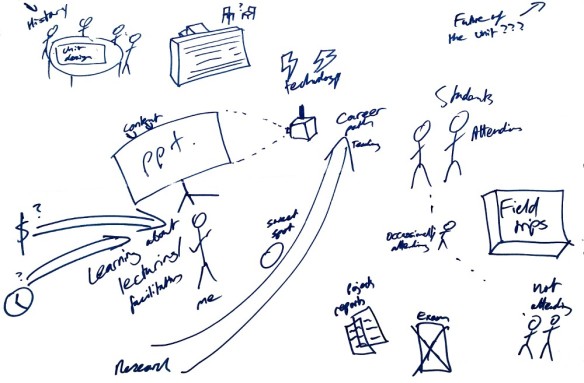It has been a while since my last post, some months in fact. I have officially succumbed to the ‘busyness’ syndrome. I even failed to make time for Mindful in May (10 minutes a day to do mindfulness meditation). However, this period of time also corresponds with the arrival of my first child, so maybe I have a reasonable excuse!
Anyway, I just wanted to quickly reflect on what will be the last NCCARF conference being held this week from 25-27 June 2013. For those who don’t know, NCCARF is the National Climate Change Adaptation Research Facility.
In my mind, NCCARF has done two main things: (i) fund adaptation research networks to bring together researchers around particular themes, and (ii) fund adaptation research projects through a competitive grants process. I have always had trouble understanding why these two activities seemed so disconnected – why weren’t research grants awarded to those who actively participated in the networks?
They have also done a bunch of other things, including organising the conference I’m attending this week, and recently, publishing a pile of reports from recently completed projects.
If you’re wondering why I’m referring to NCCARF in the past tense, it is because its funding has not been renewed. While the initial establishment of the facility was contentious, it has certainly supported some worthwhile activities. One such activity (in my opinion), which I helped to coordinate, was a water governance research theme that was a part of the adaptation research network for water. In my opinion this led to a lot of interesting and useful emergent outcomes, including two special journal issues, joint research proposals, an early-career researcher community of practice, conference presentations, advice to policy-makers and, most importantly, it helped legitimise governance research in water and climate change adaptation among a research community of more than 300 participants.
I don’t have much more to say for now – I am looking forward to interacting with my peers at the conference, and talking ‘climate change adaptation’ for what hopefully won’t be the last time (before it gets re-branded as emergency management!). I also hope that all of those reports from the adaptation grants program get read and are useful for adapting to climate change in some way.









